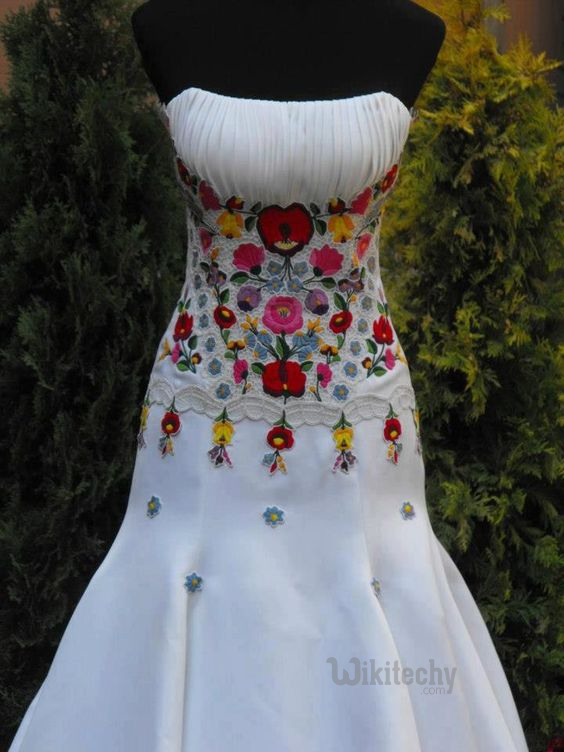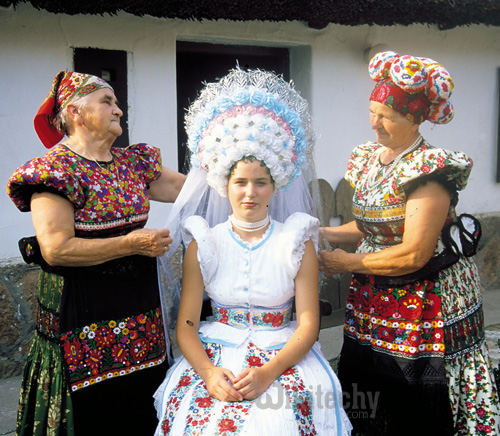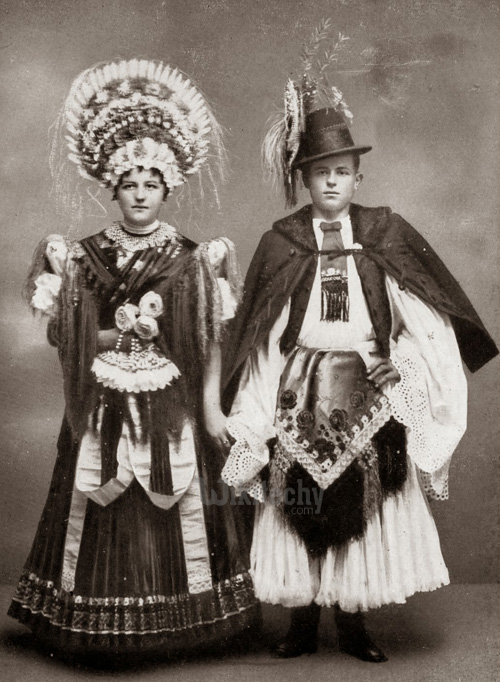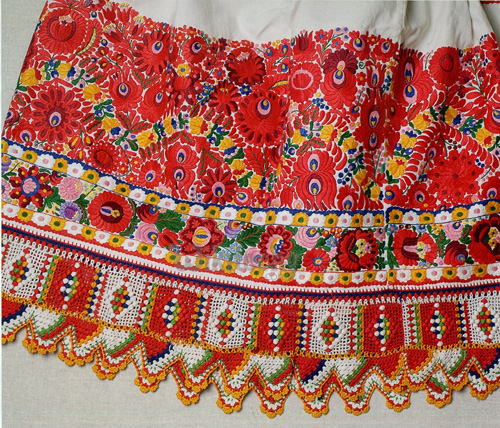
Hungary Interview Outfits
Hungary Details
- Hungary people - Hungarian
- Hungary capital / capital of Hungary - Budapest
- Hungary language - Hungarian
- Hungary population / population of Hungary - 2016 estimate 9,830,485
- Hungary currency - Forint (HUF)
HUNGARY DRESS CODE
- The culture of Hungary varies across Hungary, starting from the capital city of Budapest on the Danube, to the Great Plains bordering Ukraine. They are closed associated with mix of various cultures such as, spanish culture,france culture,russian culture,italian culture,german culture
- Hungary has a rich folk crafts tradition, for example:
- embroidery,
- decorated pottery and
- carvings.
- Hungarian music ranges from the rhapsodies of Franz Liszt and folk music to modern songs influenced by folk music and Roma music.
- Hungary has a rich and colorful literature with many poets and writers although not many are known abroad due to the limited prevalence of the Hungarian language.
- Some noted authors include Sándor Márai and Imre Kertész, who have been gaining acclaim in recent decades.
- János Kodolányi was well known in Italy and Finland in the mid-20th century.
- Imre Kertész won the Nobel Prize in Literature in 2002.
- Péter Esterházy is popular in Austria and Germany, and Magda Szabó has recently become well known in Europe as well.
Read Also
Canada Interview Outfits.HUNGARY DRESS CODE FOR JOB INTERVIEWS

- It is important to demonstrate at an interview good appearance as well as good manners.
- Dress neatly and conservatively. Men wear dark color suits and ties. hungarian women wear dresses, suits, pantsuits or skirts and blouses.
- Caps, bandannas, athletic shoes, sweats, unkempt clothes, jeans, singlets, open shoes and thongs are never acceptable. If the wind was blowing, comb your hair before making first contact at the reception. Do not carry a water bottle or coffee mug. Carry only a slim folder holding your job application documents and CVs. Do not chew anything.
BUSINESS DRESS CODE
In business meetings, Hungarians prefer traditional elegance. Cleanliness and tidiness are an absolute necessity. Any formal business clothes are acceptable, with dark colours being preferred during the winter and lighter ones in summer. During normal office hours, Hungarians dress less formally. In small or medium sized businesses, there is usually no official dress code and employees tend to wear casual business attire.
- Business dress is usually formal and conservative.
- Men should wear dark business suits with a brigter colored shirt and tie.
- hungarian women should wear either business suits or elegant dresses, complimented with quality accessories.
- Jeans are basic casual wear. Shorts are not seen as often in the city.
- Business wear is appropriate for every formal occasion.

Read Also
American Clothing.TRADITIONAL CLOTHING OF HUNGARY
The traditional clothing of Hungary for men includes embroidered shirts, floppy hats, and pants tucked into boots made out of leather. Men also occasionally wear vests or coats, oftentimes with plentiful embroidery stitched on, which periodically is also featured on their boots.

FOLK COSTUME OF HUNGARY
GREAT PLAIN
- Cattle-breeding used to be one of the main crafts in Hungary. That’s why the traditional male costume in this country is a shepherd’s clothing. It usually consists of a shirt, trousers called “gatya”, a vest, an outerwear, a brimmed hat, and boots.
- The shirt and trousers were white and loose, made of linen cloth. Later, men began to use blue shirts and trousers (after the soldiers of the Hungarian War of Independence in 1848–1849). In such a way, they honored their heroes. On white shirts and gatyas, there often was some embroidery.

- The assortment of outerwear in the Great Plain region was very wide. It could be a black sleeveless waistcoat with silver buttons, a sheepskin jacket that reached to below the waist, a frieze mantle called “szűr” used by poor men, a long and warm sheepskin cloak called “suba” or a cloak made from 6 skins and called “bunda”, and etc. Of course, most of the pieces used by shepherds were made from sheepskin or woolen cloth.
- Shepherds rubbed ashes and tallow into the fabric to make it waterproof. Festive shirts of Hungarian men, especially after the 1930s, were richly decorated with colorful embroidery.
TRANSDANUBIA

- The traditional costume of this region of Hungary got under the influence of neighboring countries: Croatia, Slovenia, and Serbia. Though the influence was mutual, and some features of the Hungarian folk dress can be found in other national attires.
- In this region, the traditional clothing was brighter and has more embroidery. You could see some embroidery even on the male underpants,as well as the fringed bottom.Men’s folk costume consists of an embroidered shirt, wide trousers,a bodice or vest,a hat,and boots.
- The older shirts were very short; they didn’t even cover the waist. In the middle of the 20th century, men began to wear longer shirts. The trousers called “gatya” were linen; of usual width for everyday usage, the festive drawers were very wide (5-6 widths of the usual amount of fabric). Trousers were decorated with embroidery and a fringe on the bottom.
- The outerwear in the Transdanubia region looked like a bodice worn over a shirt, a sheepskin vest, a short szűr (frieze mantle used by poor men), or a usual szűr.
Read Also
Indian Interview Outfits.TRANSYLVANIA
- The folk costume of the Transylvanian region of Hungary has a lot of antique elements. This region has one peculiarity: the western influences barely got here. So, the traditional clothing of Transylvania is unique.
- In Transylvania, men usually wore short shirts that barely reached the waist (similar to those used in other regions of Hungary). The shirt was belted with a wide sash called “tüsző” or “gyűszű”. It was a leather belt with a lot of decorations. The most vintage shirts used by men were loose, collarless and without cuffs, but later they were replaced by embroidered linen shirts with collars and cuffs.
- Transylvanian men wore breeches or gatyas with the shirt. In some districts, they used very wide pleated trousers called “full gatya”. The breeches were usually tight and made from homespun cloth; later, the factory produced fabric was used.
- Transylvania was the only region where the breeches of ancient cut could be seen in the 19th-20th centuries. Such trousers were used in Western Europe in the 15th century. They were made from a homespun cloth and consisted of two legs not sewn together.
- Very often, a dark vest was worn over a shirt. It could be made from leather, broadcloth, or fur. Usually, there were no or very few decorations on a male vest.

UPPER HUNGARY

- The men’s traditional clothing of the Upper Hungary was rather simple. In most districts, it consisted of a dark suit (usually, made from broadcloth), an outerwear (suba, szűr, or various sheepskin garments), and boots.
- Only in some areas, men wore wide embroidered shirts, pantaloons (very wide breeches with embroidery and fringe on the bottom) or trousers, boots, and high hats with ribbons and other embellishments. This particular costume is similar to the one used in other regions of Hungary.
- The male festive outfit may include an apron. This piece was often used by bridegrooms. The bottom of the apron should be embroidered.
- hungarian women’s traditional attire was much more colorful, bright, and outstanding. It was rather modest and richly embroidered. hungarian women liked to wear many layers of clothing. Usually, the folk costume consisted of an undergarment (optional), a shirt, a skirt, a wide apron, a shawl (optional), sometimes a bodice, shoes, and a headdress.
